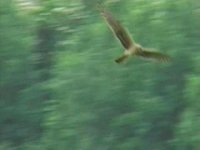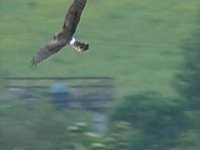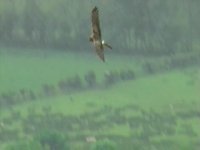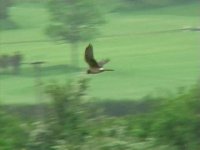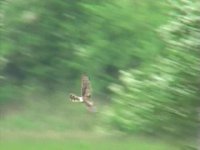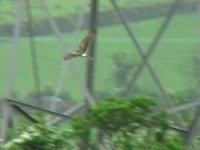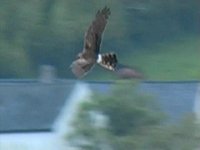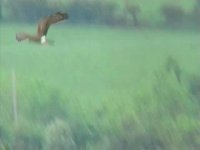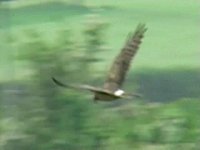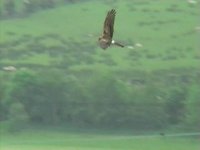lou salomon
the birdonist
gerd, the fingers are spread in pic 1 as in the other pics. i don't see any hidden/sticked to the other primary in the left wing, neither so in the right and in the other pics. the formula perfectly fits a monty's. female monty's are broader winged than males. hen harrier is definitely broader winged. and i have searched a lot through net pics of hen harrier to show such a (contrasting) secondary bar, haven't found. neither is it mentioned in forsman. the white rump appears big in pic 1 because it's blurry and white "eats" into darker surface, see pic 2 and ff, anyway that's not a reliable feature. the wing tips (finger tips) look darkish from below (see pic5), female hen's fingers are striped with white dominating (usually narrower black bands); finally you can see the secondary bar from the ventral side in pic 5 too.




